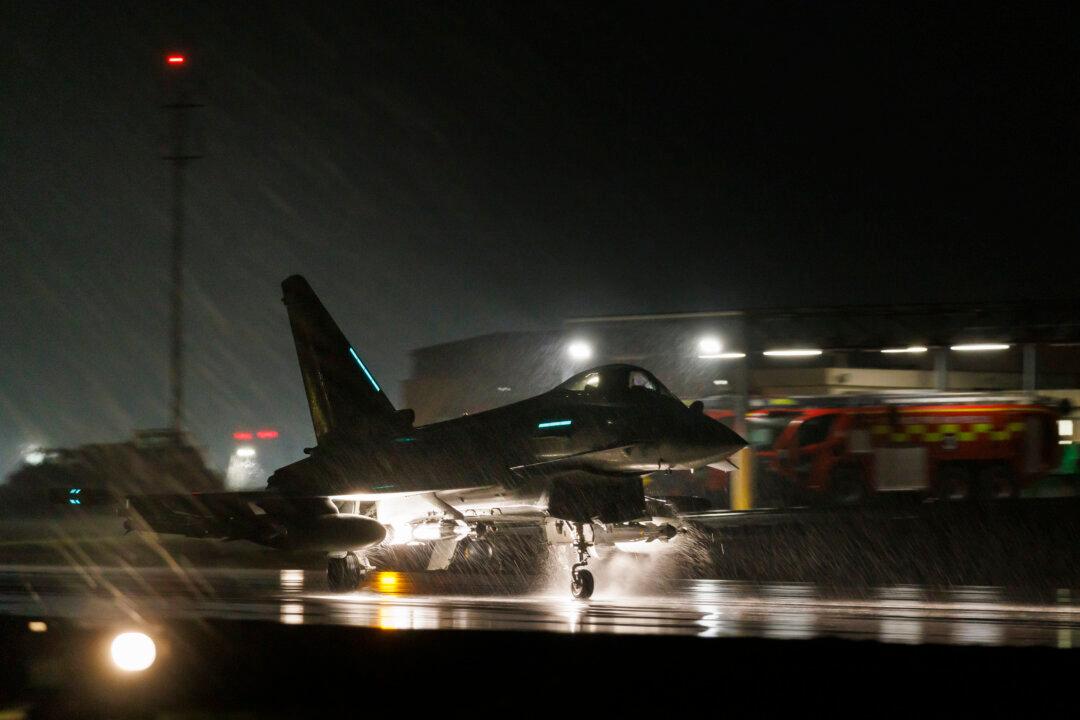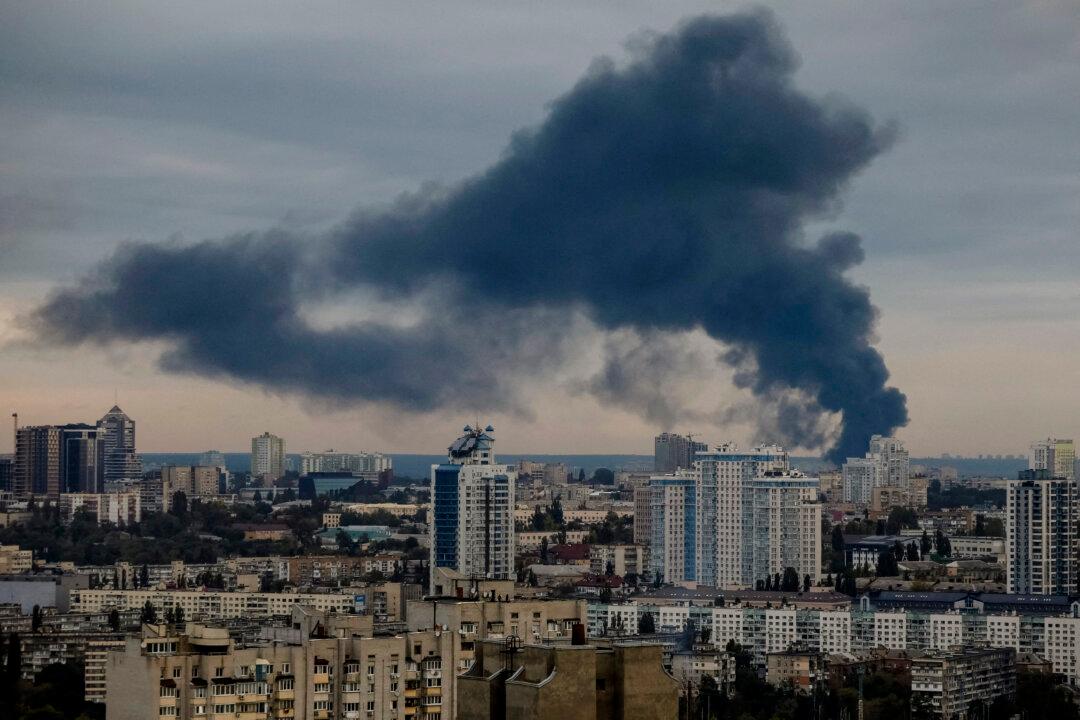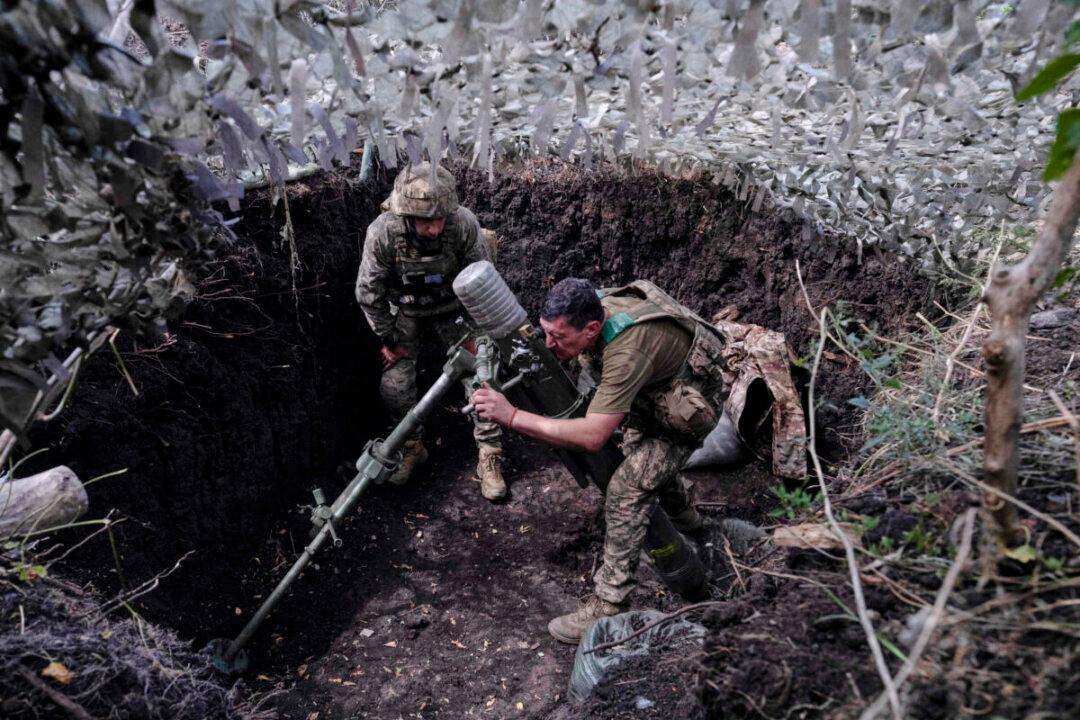Yemen’s Houthi Shiite terrorist group (also known as Ansar Allah) has renewed its attacks on Red Sea shipping, reportedly opening fire on a United Kingdom-owned cargo vessel in the early hours of Feb. 6.
According to group spokesman Yahya Sarea, Houthi fighters launched missiles at two ships—one British and one American—traversing the Red Sea near Yemen’s port city of Al-Hudeidah.





